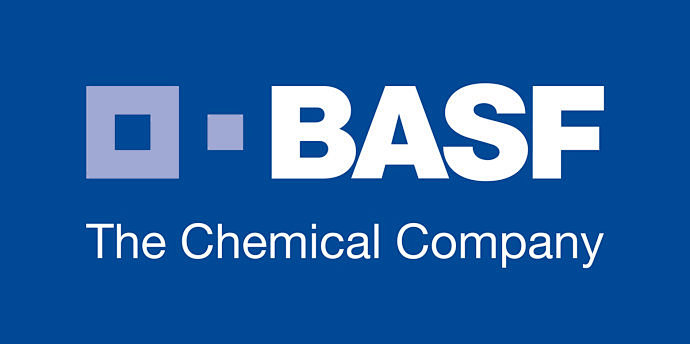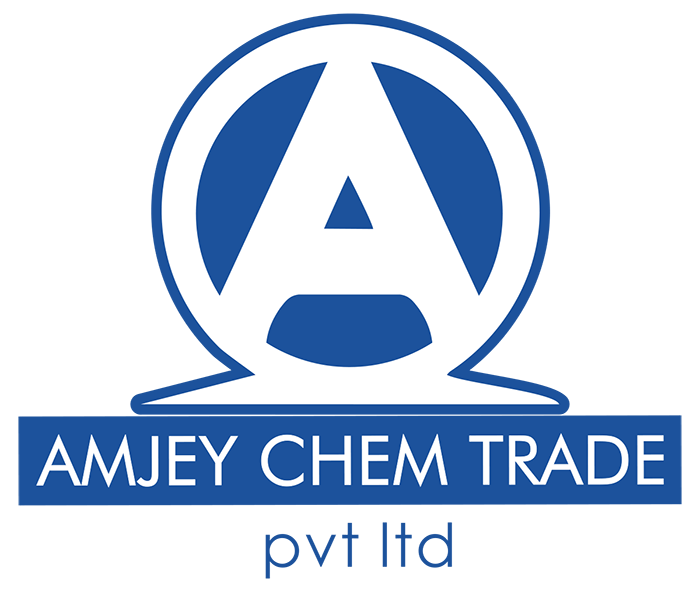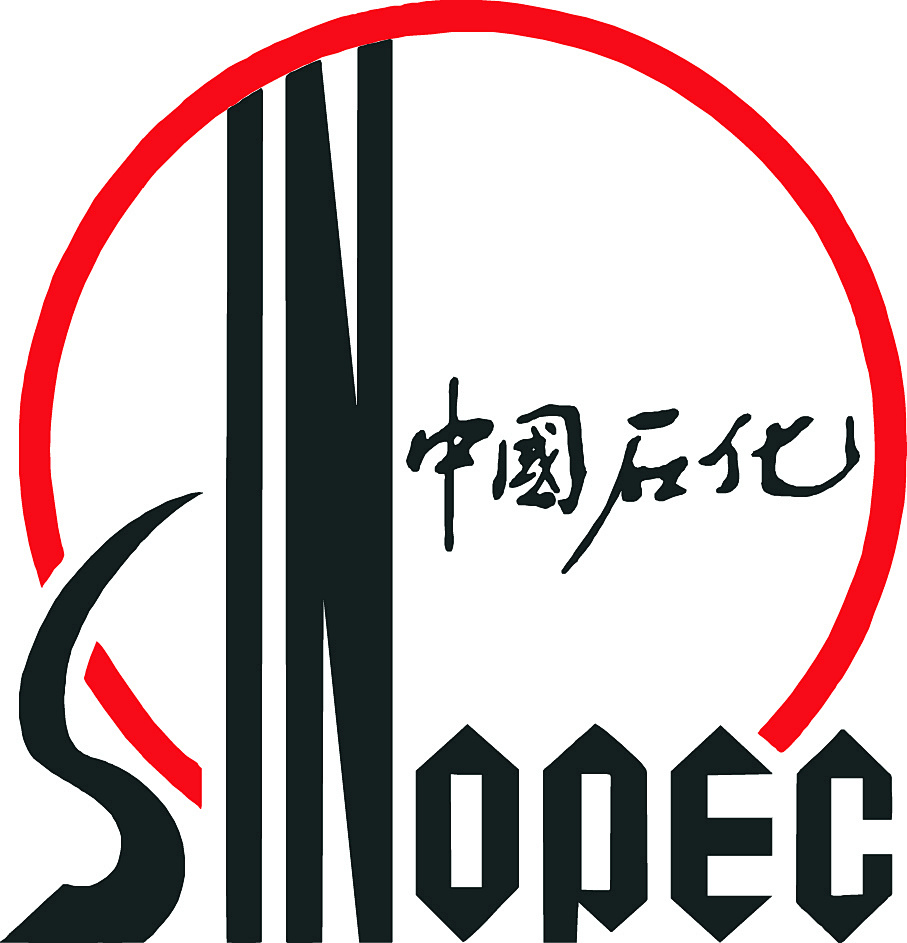GHS Label elements, including precautionary statements
Precautionary statements
P201 Obtain special instructions before use.
P202 Do not handle until all safety precautions have been read and understood.
P210 Keep away from heat/sparks/open flames/hot surfaces. — No smoking.
P233 Keep container tightly closed.
P240 Ground/bond container and receiving equipment.
P260 Do not breathe dust/fume/gas/mist/vapours/spray.
P261 Avoid breathing dust/fume/gas/mist/vapours/spray.
P264 Wash hands thoroughly after handling.
P264 Wash skin thouroughly after handling.
P271 Use only outdoors or in a well-ventilated area.
P272 Contaminated work clothing should not be allowed out of the workplace.
P273 Avoid release to the environment.
P280 Wear protective gloves/protective clothing/eye protection/face protection.
P281 Use personal protective equipment as required.
P303+P361+P353 IF ON SKIN (or hair): Remove/Take off Immediately all contaminated clothing. Rinse SKIN with water/shower.
P305+P351+P338 IF IN EYES: Rinse cautiously with water for several minutes. Remove contact lenses, if present and easy to do. Continuerinsing.
P308+P313 IF exposed or concerned: Get medical advice/attention.
P370+P378 In case of fire: Use … for extinction.
P403+P233 Store in a well-ventilated place. Keep container tightly closed.
P403+P235 Store in a well-ventilated place. Keep cool.
P405 Store locked up.
Hazard statements
H225 Highly Flammable liquid and vapour
H317 May cause an allergic skin reaction
H319 Causes serious eye irritation
H332 Harmful if inhaled
H335 May cause respiratory irritation
H341 Suspected of causing genetic defects
H351 Suspected of causing cancer
H373 May cause damage to organs through prolonged or repeated exposure
H401 Toxic to aquatic life
H412 Harmful to aquatic life with long lasting effects
![]() +086 1911-7288-062 [ CN ]
+086 1911-7288-062 [ CN ]






































































































